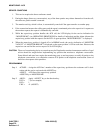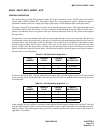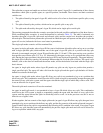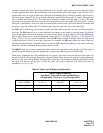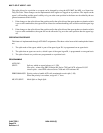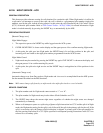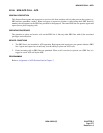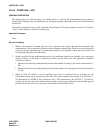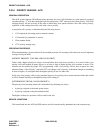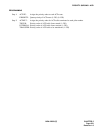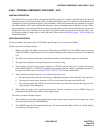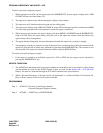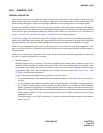
CHAPTER 5 NDA-24282 (E)
Page 278
Revision 1.0
OVERFLOW - ACD
O-10A OVERFLOW - ACD
GENERAL DESCRIPTION
This feature allows an ACD incoming call, which queues to a split for the predetermined period, queue to
another SPLIT automatically and simultaneously. The agents capable of attendance, ther earlier connection may
be achieved.
The overflow destination can be a split, extension, announcement, IVR, trunk, attendant console, etc. "Overflow
- ACD" feature indicates overflow to another split.
Operation Procedure
None
Service Conditions
1. When a call overflow to another split, the call is queued to the original split and the overflowed split
simultaneously. The overflowed call can be overflowed again to another split. Likewise a call can be queued
onto four (4) splits simultaneously. If simultaneous queuing is not required, a queue done by overflow can
be denied (de-queued) by the office data.
2. Simple overflow (by the predetermined period) and conditional overflow are available. You can choose
simple overflow, or one kind of conditional overflow by the office data. The applicable conditional
overflows are below:
• Queued call reaches the predetermined period and the number of queuing calls reaches the threshold (1-
99)
• Queued call reaches the predetermined period and the number of vacant agents becomes the threshold
(1-250)
3. When an ACD call (which is not an overflowed call) and an overflowed call are in queue, the call
termination priority can be assigned by office data. The system computes the priority of an ACD call (1-
250 determined by ACDPLT) and overflowed call (1-250 determined by the ACDCCV "Up Priority"
setting), the the prior party (the smaller priority number is given) to be terminated to the available agent. If
priority data for the calls are the same, the call termination by the FIFO orders.



